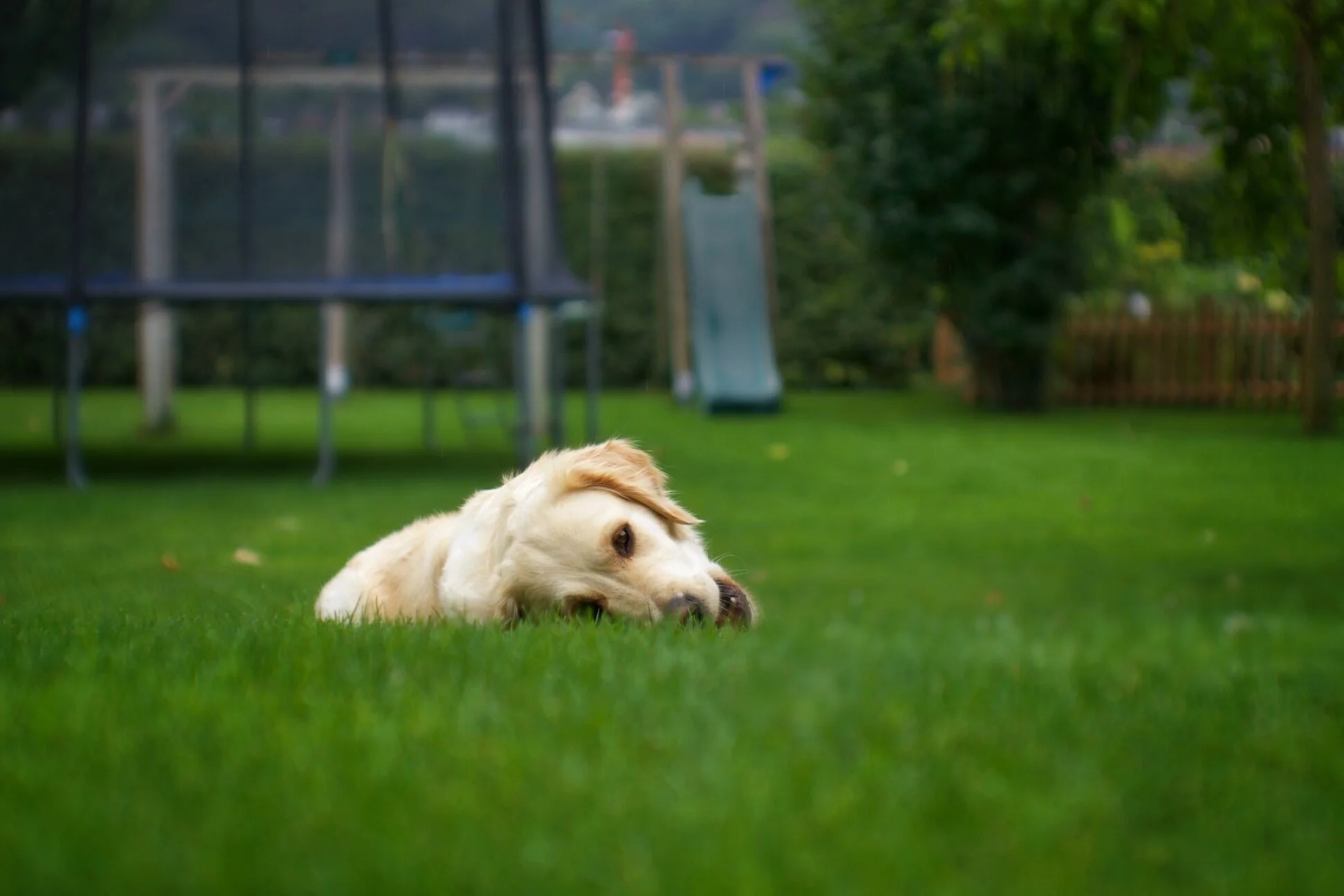Sustainable Fall Landscape Maintenance
Summer is here, and while we're enjoying warm weather, it's not too soon to start thinking of how we're going to take care of our gorgeous landscaping during the coming cold. Here are some tips and tricks to sustainably keep your landscape looking amazing as temperatures start to drop.
Plant New Trees and Shrubs
image © unsplash
If you're going to add new trees and shrubs to your landscape, fall is the perfect time to do it. Choose plants whose leaves are already changing to adapt to the cooler weather. This process signifies that it's hunkering down, getting ready for winter, and will be better able to withstand transplant shock and stress. However, it also has time to develop strong roots before the winter cold sends them to sleep for the season.
Cut Your Lawn Short
image © unsplash
During the summer months, especially if you live somewhere that gets a lot of rain, you'll need to cut your lawn down once a week or so. Once the temperature starts to drop, it's a good idea to cut your lawn down one last time, so snow and cold weather can't damage it. Cut it down to between 2 and 2.5 inches before the first snowfall of the season so that you can keep it healthy.
Keep an eye on your lawn. You can stop cutting when the fall weather gets cool, and the grass stops growing for the winter.
Pull Your Weeds
image © unsplash
Weeds can be a sign of unhealthy lawns, but even the healthiest grass will have some unwelcome weeds growing. The problem with weeds is that they compete with your grass for water, sunlight and nutrients — and they grow fast. As things start to dry out in the fall, use the opportunity to remove the weeds. Pull them up by the roots, and you'll have fewer weeds to contend with during the spring growing season.
Remove Invasive Species
image © unsplash
The fall season is also the perfect time to remove an invasive species from your yard. Everything is hunkering down for the winter, so it's easier to remove everything from the top of the tallest leaves to the bottom of the lowest roots. This step is beneficial if you've got sustainability in mind. Native species require less water and will grow better in your area.
If you're not sure what species belong in your state, stop by a local nursery and have a chat with a professional. You might be surprised — some of your favorites might be gorgeous but take a lot of water to sustain because they're not used to the climate.
Overseed Your Lawn
image © unsplash
If you want a lush and green lawn in the spring, don't water it to death to get it to grow. Instead, go through the process of overseeding your lawn during the cooler fall months. If sustainability is a concern, consider replacing whatever is growing in your yard with something native to your area. Not only will it be easier to take care of, but you won't have to waste as much water keeping it alive.
Just like your new trees and shrubs, overseeding your yard is best in the fall because the new seedlings can build a strong root structure before the cold winter months.
Keep Sustainability in Mind
Whether you're just helping your landscaping hunker down for the winter or trying to spruce up your home's curb appeal, fall is the perfect time to do that. Take advantage of the cooler temperatures and get out into the yard. You'll be more comfortable and, come spring, you'll have a gorgeous yard to enjoy. You might not see the benefits of your hard work until the spring thaw, but you can be sure that it will be worth it.
About the Author: Emily is a green tech writer who covers topics in renewable energy and sustainable design. You can read more of her work on her blog, Conservation Folks.
cover image © unsplash











